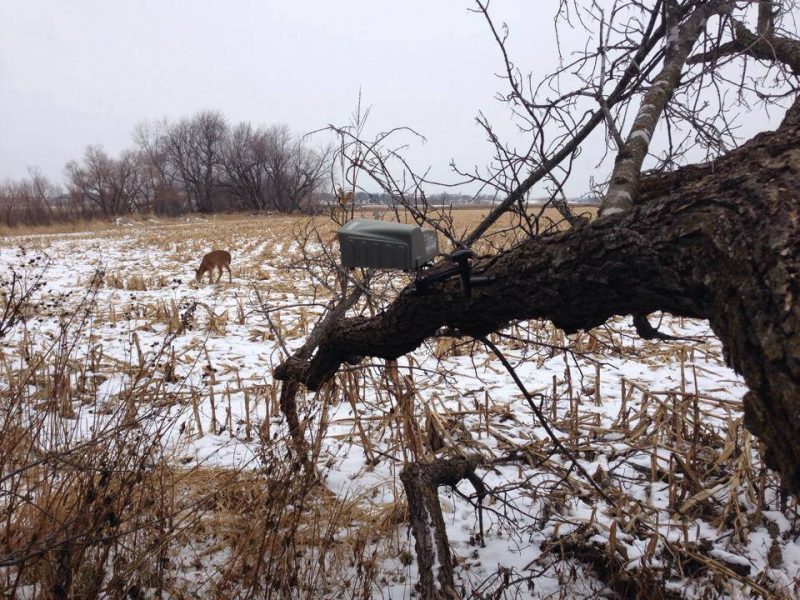How to Fool a Whitetail’s Sense of Smell with Ozonics
OutdoorHub Reporters 10.06.17
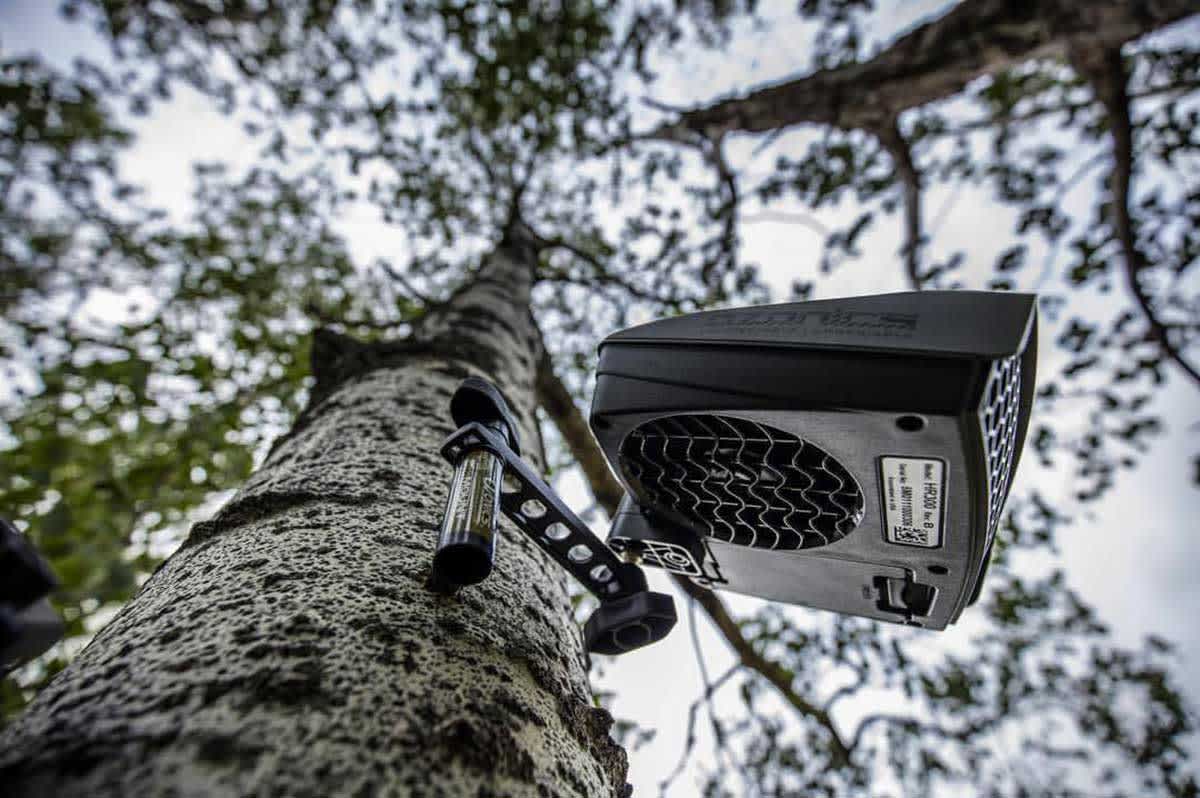
If every deer behaved the same way, hunting would be much simpler. But they don’t. Quite often, whitetails can catch you off-guard by showing up downwind of your ambush location, and it’s during these unplanned encounters that a scent-destroying product such as Ozonics (photo above) can make or break a hunt.
Many people over-complicate deer hunting. Deer are an incredible animal, and probably one of the greatest survival machines on the planet. But let’s keep in mind they are here to do one thing — propagate their species. Bucks and does play a different role in that equation, and everything they do is designed around ensuring survival for themselves and their offspring.
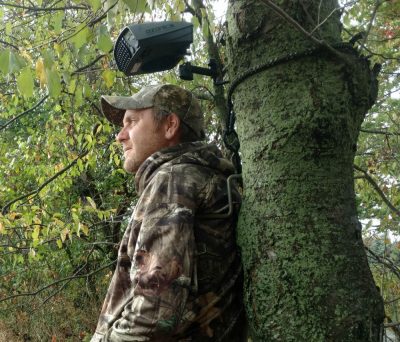
Shooting a Doe Ain’t Always Easy
Many people just take for granted that they can shoot a doe each season to put meat in the freezer. Shooting female deer is absolutely essential for proper herd management, but these wise old ladies of the woods shouldn’t be underestimated. Get busted by an alpha doe, and your hunt is over. Period.
One doe named “Wheezy” on a farm I hunt busted my buddy a few seasons back. Still to this day she will not walk by my buddy’s treestand without making such a snorting, wheezing ruckus that the whole woods goes on high alert! Whether he is in the treestand or not, Wheezy is always on guard, and worst of all, my buddy can’t figure out a way to tag her.
A mature doe likes to live comfortably, and generally prefers bedding areas that coordinate with the time of year. On warmer, summer and early season days, a doe likes to bed in the shade so she can stay cool. During cooler late-season and winter days, she likes to bed on sunny slopes or in thick thermal cover to help her stay warm. You’ll know you’ve stumbled onto a doe bed group when you see a hodgepodge of beds in a small area, with all of them facing different directions. Female deer do this on purpose so that regardless of the wind direction, one of them will always be watching everyone else’s back. Basically, a doe group bedding area has a 360-degree view of the surroundings.
A mature doe also tends to bed as close to food sources as she can, because she wants to burn the least number of calories possible. Generally on a well-managed property, there are different doe groups with a class system among them. The highest doe group in the pecking order gets the best bedding location, the best place to eat, comes into heat first, and produces the healthiest fawns. As the progression goes down, the lesser doe groups must bed in second-class areas, eat the leftovers or at least at the outskirts of the prime food source, and tend to go into heat later in the season. The second-class doe groups tend to give birth to late fawns, which end up being smaller deer come fall.
When hunting female deer, the first thing to consider is which one to shoot. Many hunters target the first doe that gives them a good broadside shot. Others try to kill an over-the-hill doe that is infertile. Some like to kill younger ones because their meat is tender and tastes the best.
Regardless of what doe you’re trying to kill, a good plan is to set up over a trail entering an evening food source. I like to sneak in nice and quiet with my Ozonics unit running in my Kinetic Backpack, and when I arrive on stand, I hang the unit to keep airborne odors from impacting my hunt. I never know when a big old buck will be sneaking by downwind.
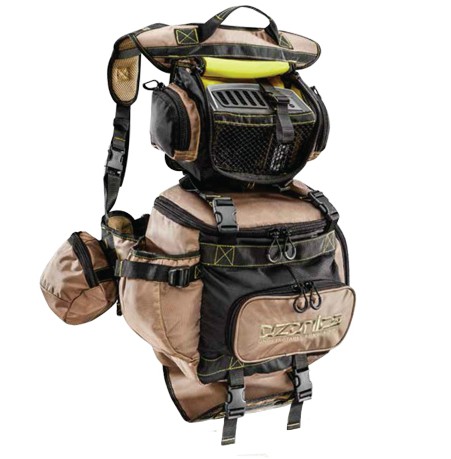
Just keep in mind that a mature doe is a worthy adversary and needs to be treated with respect. When hunting a doe for the freezer, I continually check the wind direction and adjust my Ozonics unit accordingly. As Ozonics states: Always chase the wind, with the unit pointing the direction of the wind. Powder wind checkers work well, but I prefer a wind tracker. These tiny cotton strands will float on the air, and you can easily see what the wind is doing 10, 20, 30 or even 40 yards or more away from your treestand. You will be amazed at how radically different the wind direction can be just 30 yards from your treestand.
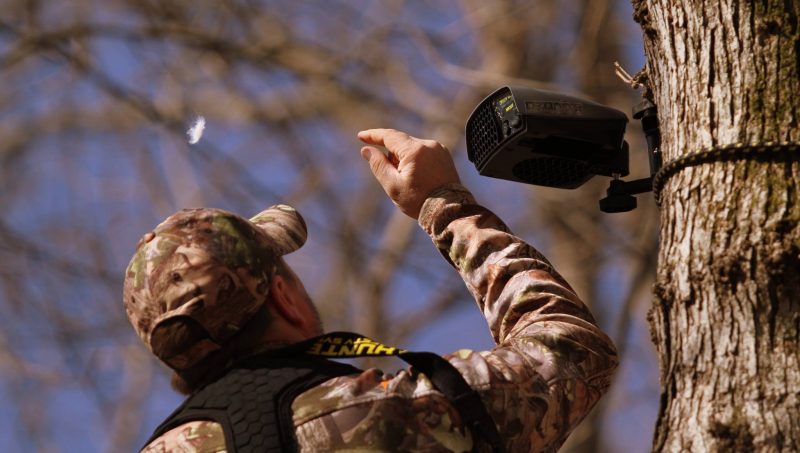
Fooling a Big Buck’s Nose
A mature whitetail buck is a whole other animal. Some of these deer live like lazy college fraternity guys who only have a couple things on their mind. Others act like the boss of the woods, looking to fight whoever glances at them funny. One thing is certain though: Bucks don’t want to help raise fawns or get nagged at by female deer. The feeling tends to be mutual, because the ladies don’t have much tolerance for mature bucks until breeding time.
Basically, bucks just want to be left alone to get fat, hang out with the guys, and breed when they have the chance. Bucks don’t require fancy or comfortable bedding areas and, in fact, they prefer to find little nooks and crannies where they’ve learned no human will ever walk. As long as a buck can have the wind at his back so he can see what is downwind, and smell what he can’t see, he’s perfectly comfortable bedding there. You’ll know a buck bed when you find a single, bigger matted area that generally lies perpendicular to the predominant wind.
Mature bucks tend to travel by quartering into the wind, or what I call “killer winds.” Keep this in mind when creating stand setups because occasionally a hunter who is trying to keep the wind in his face will accidentally be creating a situation for a buck to walk downwind of his location.
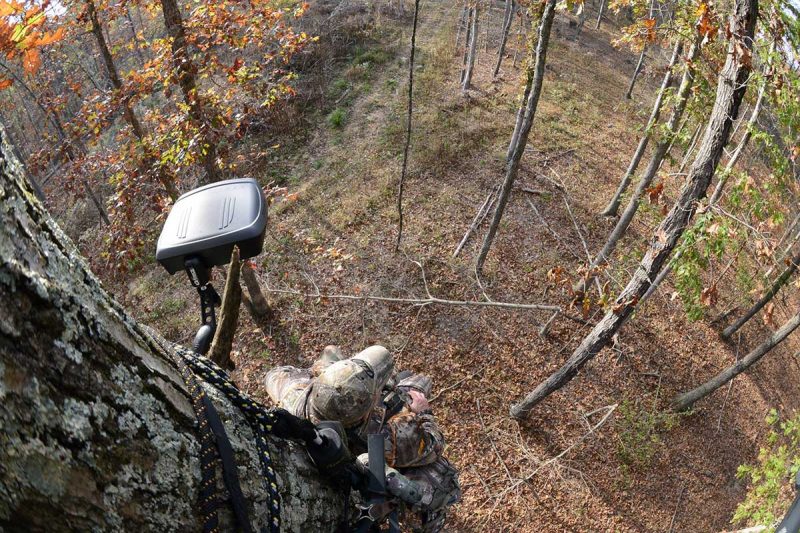
Even when using an Ozonics unit, it’s best to keep mature bucks in front of you and in your shooting lanes, instead of behind you where you’re less likely to get a good shot. Created for efficiency with a constant goal of conserving calories, mature bucks will often quarter into the breeze, downwind of doe bedding areas or preferred food sources. Knowing that, a good stand location to kill a mature buck on his feet during daylight isn’t on the edge of a food plot, but rather a distance downwind where he can travel through the thick cover and feels safe while still scent-checking the plot. Or, keeping in mind the different heat cycles of your doe groups, set up between their core areas, and intercept the buck as he is making his rounds. Be sure to be diligent with your Ozonics because you never know, the buck could come through even farther downwind of your stand location. Remember, they don’t always follow the rules.
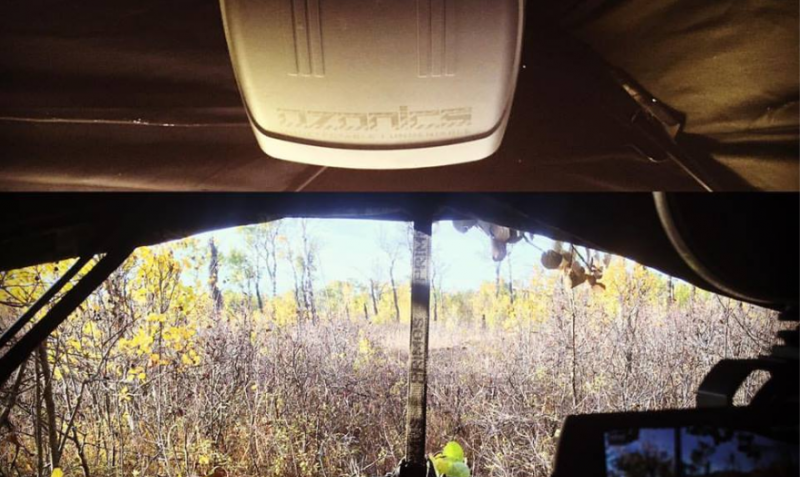
As I mentioned earlier, no two deer behave the same, so don’t hunt them like they do. To be honest, the deer’s unpredictable behavior is part of what makes hunting so much fun. The challenge of successfully matching wits with the world’s greatest survival machine is incredibly rewarding. Consistently killing a mature deer, be it a buck or doe, takes a lot of work. Do your homework, put in the time, and pay attention to the details. For me, that includes utilizing Ozonics to ensure that the deer never know I’m there.
P.S. If you’re new to Ozonics, check out the video below to learn the basics. It works — and you don’t have to take my word for it. Click here to read OutdoorHub Managing Editor Dave Maas’ review of Ozonics from his 2016 deer season.
